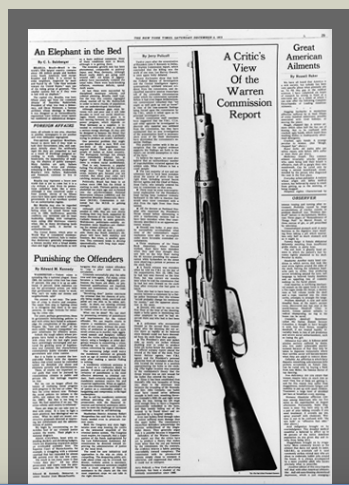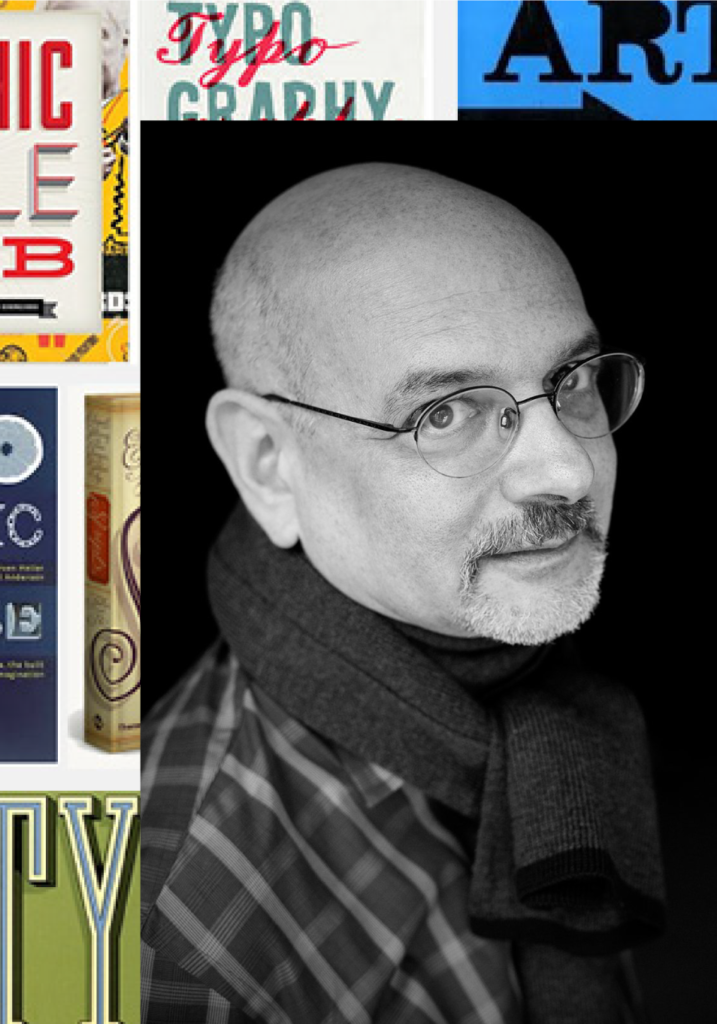Steven Heller is a distinguished figure in the creative world, renowned for his contributions as both a creative director and prolific writer. With a career spanning decades, Heller has left an indelible mark on the design industry through his innovative projects and insightful commentary.
Discover a unique perspective into the mind of creative visionary Steven Heller, as he generously shares his insights in an interview conducted for a university project in 2018. Delve into Heller’s candid reflections on his creative process, philosophical views, and strategies for navigating the dynamic world of design. His wealth of experience and wisdom provides invaluable guidance for both aspiring designers and seasoned professionals, making this interview an indispensable resource for those passionate about art, culture, and communication.
A heartfelt thank you to Steven Heller for generously sharing his insights and experiences with us. Your wisdom and expertise are truly appreciated, and we are grateful for the opportunity to learn from you.
How did you choose a career in Graphic Design?
“It chose me. I wanted to draw, the world didn’t want my drawings. I learned paste up.”
Can you elaborate on one of your most impactful projects as a creative director? How your approach and design choices contributed to its impact and success?
“I haven’t actually designed in years. My most successful was a page of the NY Times OpEd page. I was art director without a budget. The story was about the JFK assassination. I simply enlarged the rifle that killed him and ran it up the page on a slight angle. Size and scale made it powerful.”

Could you share insights into your process of initiating and concluding a project?
“I’ll talk about writing since that’s what I do. I start and rewrite the first two paragraphs 20 times. When I’m satisfied I try to find out how much more I need to say. Once I’ve said it, I rewrite. When I’m tired I stop.”
What kind of questions do you ask before beginning a design project? Which piece of information is of utmost value?
“What don’t you want to see or read. What, in general, is your aim.”
What is your philosophy on design?
“Not to have a philosophy. I used to have them and they’d change as a learned more. I prefer design that says something to others. But even decoration can say something. Philosophy: But open to change.”
What fuels your creative ideas? What sources of inspiration do you draw from?
“Whatever is happening at any given time.”
Do you find yourself influenced by or adhering to specific industry trends? If so, how do you navigate them?
“I write about trends with a certain derision. I prefer to write about a trend after its over. Then it is history.”
How have you set yourself apart within the industry as a creative director?
“Be unique in some fashion or find a unique niche. Used to be my distinction was to write rather than design. There are a lot more design writers now.”
What strategies do you employ to ensure the ideas are both innovative and impactful?
“Fortunately, I stopped designing before strategists wanted strategies. Original ideas usually are improvements on old ideas. Rand said don’t be original be good! It’s safer that way.”




